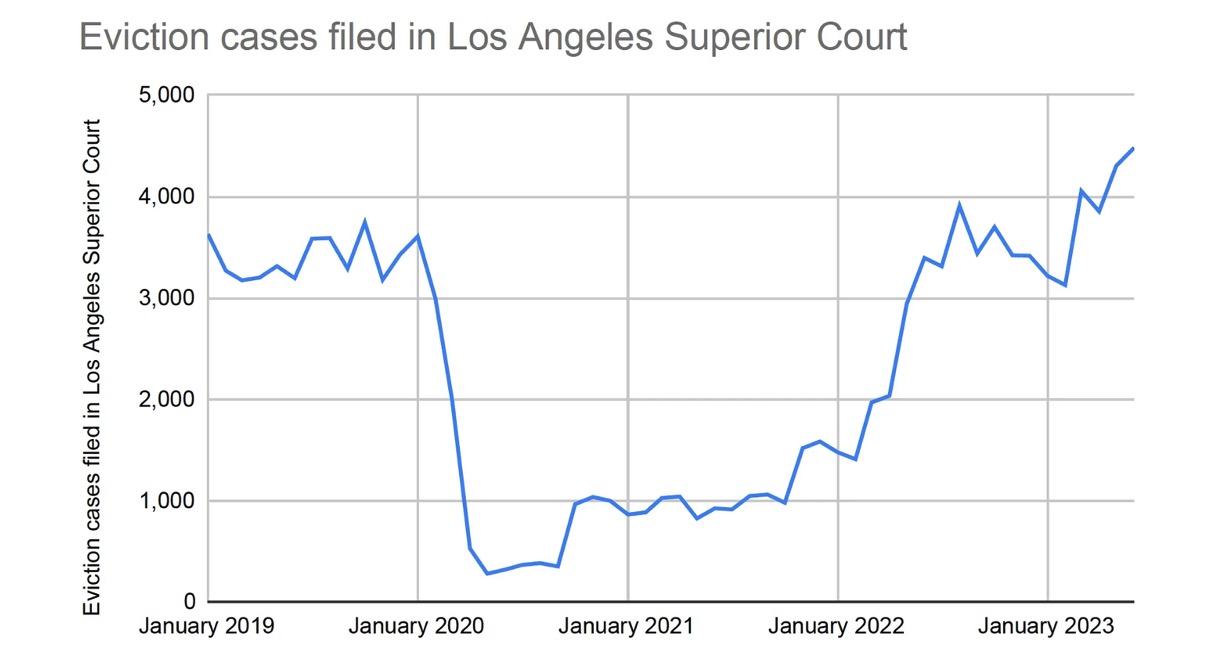Comments
PLANNING WATCH - In previous columns I identified five major causes of the housing crisis afflicting the United States, especially Los Angeles:
-
The elimination of public housing programs, beginning with the second Nixon administration in the early 1970s. New public housing was no longer built, and some existing public housing project were demolished.
-
The State Legislation dissolved California’s 400 local redevelopment agencies in 2011. They, like the Community Redevelopment Agency in Los Angeles, were required to spend 20 percent of the budgets on public housing. The elimination of these subsidies was a major blow to the construction of new non-market low-income housing.
-
Wage stagnation while housing prices continued to rise, priced many people out of housing.
-
Two forms of up-zoning have raised the market value of private parcels and existing housing, forcing some residents into homelessness. One form of upzoning was parcel level zone variances and zone changes, granted by the LA’s City Planning Commission and City Council 90 percent of the time. The second form of up-zoning was through City Council ordinances often attached to Community Plan updates.


For those who want evidence for these underlying causes of homelessness, the best study is: Toward a New Understanding: The California Statewide Study of People Experiencing Homelessness.
In the United States homelessness is a choice made by public officials. It cannot be whisked away by ignoring the causes listed above.
Planning Watch – Abroad: My previous columns focused on local planning and housing policies, explaining how they increased the numbers of unhoused, rent-gouged, and overcrowded people. But I have not written about US foreign policy. After all, the same elected officials whose housing programs produced so much homelessness and dead homeless people, also support U.S. foreign wars that lead to similar outcomes, homelessness and death.
This was clear in many Henry Kissinger obituaries. For example, according to Yale historian Greg Grandin, in Kissinger’s Shadow, between 1969 to 1976 Kissinger was responsible for the deaths of 3 to 4 million people, as well as the systematic destruction of infrastructure, buildings, and housing.
Cambodia. As Richard Nixon’s Secretary of State, in 1969 Kissinger was responsible for a secret war that dropped 540,000 tons of bombs to destroy Cambodia’s insurgents. This resulted in 300,000 deaths and the destruction of one-fifth of the country, including people’s houses.
East Timor. Under President Gerald Ford, Kissinger encouraged Indonesia to invade East Timor. Done in secret, the US proxy war resulted in enormous destruction, including 200,000 deaths.
Chile: Under President Nixon, Kissinger turned to the CIA to violently overthrow and murder Chili’s elected leader, Salvador Allende. The US instigated coup results in the death, torture, and imprisonment of 40,000 Chileans.
Argentina: In 1976 Kissinger orchestrated the overthrow of Argentinian President Isabel Peron by Argentinian General Jorge Rafael Videla. The Videla regime’s “dirty war” resulted in the death of between 10,000 to 30,000 opponents, many dropped into the ocean from helicopters.
Bangladesh: In 1976, Kissinger and Nixon backed the Pakistani invasion of West Pakistan (now Bangladesh). The resulting genocide murdered 300,000 to 500,000 Bengalis.
Vietnam: On behalf of Richard Nixon, in 1968 Kissinger was able to stall the Paris Peace Talks initiated by President Lyndon Johnson. Since the new Nixon administration was unable to re-start the stalled peace talks, they pursued mass bombing of North Vietnam to terrorize the country’s government into submission. In total, the war resulted in 3,800,000 deaths and the destruction of much of the country.
Indonesia: A decade before Kissinger was Secretary of State, in 1965-66 the U.S. government supported the Indonesian government and their proxies in the anti-communist and anti-Chinese genocidal murder of 500,000 to 2,000,000 people.
Iraq: Under the Clinton administration (1993-2001), US bombing of Iraq’s no-fly zones killed 500,000 people and destroyed public and private infrastructure. Beginning in 2003, the second Iraq War resulted in the 300,000 more Iraqi deaths.
Gaza: This leads us to the current Israeli war on Gaza. Despite the enormous propaganda blitz, we know that the US government has provided enormous military aid to Israel, stationed two US Navy aircraft carrier strike groups near Israel, given diplomatic cover to Israel at the UN Security Council, and shared intelligence with the IDF.
As for the results, there is no information on the number of Hamas fighters killed or captured by Israel, but there is data on non-combatants killed by Israel. Furthermore, Israel has blocked the entry of food, water, fuel, and medicine into Gaza for the past nine weeks. As of December Reuters reports the Israeli military has killed 15,899 people in Gaza, 70 percent of whom are women or children under the age of 18. Al Jazeera English gave an updated Dec. 5 total of 1.9 of 2.3 million people displaced, 16,248 overall deaths, including 4,885 women, 7,112 children, 79 media workers and journalists, 130 UN staffers, and 150 health workers.
Regarding housing, according to the Scientific American, as of December 1, 2023, 1.7 of Gaza’s 2.3 million people have been displaced because Israel destroyed or damaged their homes. Israel also destroyed much of Gaza’s infrastructure, including half of all buildings.
While the US military is not directly involved in the Israeli attacks on Gaza, it has actively supported Israel with weapons, intelligence, and diplomacy, similar to previous US proxy wars in Argentina, Chile, Indonesia, and East Timor.
Even though the mainstream media does not connect the dots between US domestic and foreign policy, common themes of death and destruction of homes and infrastructure link the two. Even though these domestic and foreign policies have enormous bipartisan support in Congress and the White House, most of the public disagree. They want an immediate Gaza cease-fire.
(Dick Platkin is a retired Los Angeles city planner who reports on local planning issues for CityWatchLA. He is a board member of United Neighborhoods for Los Angeles (UN4LA). Previous columns are available at the CityWatchLA archives. Please send questions to rhplatkin@gmail.com.)
















